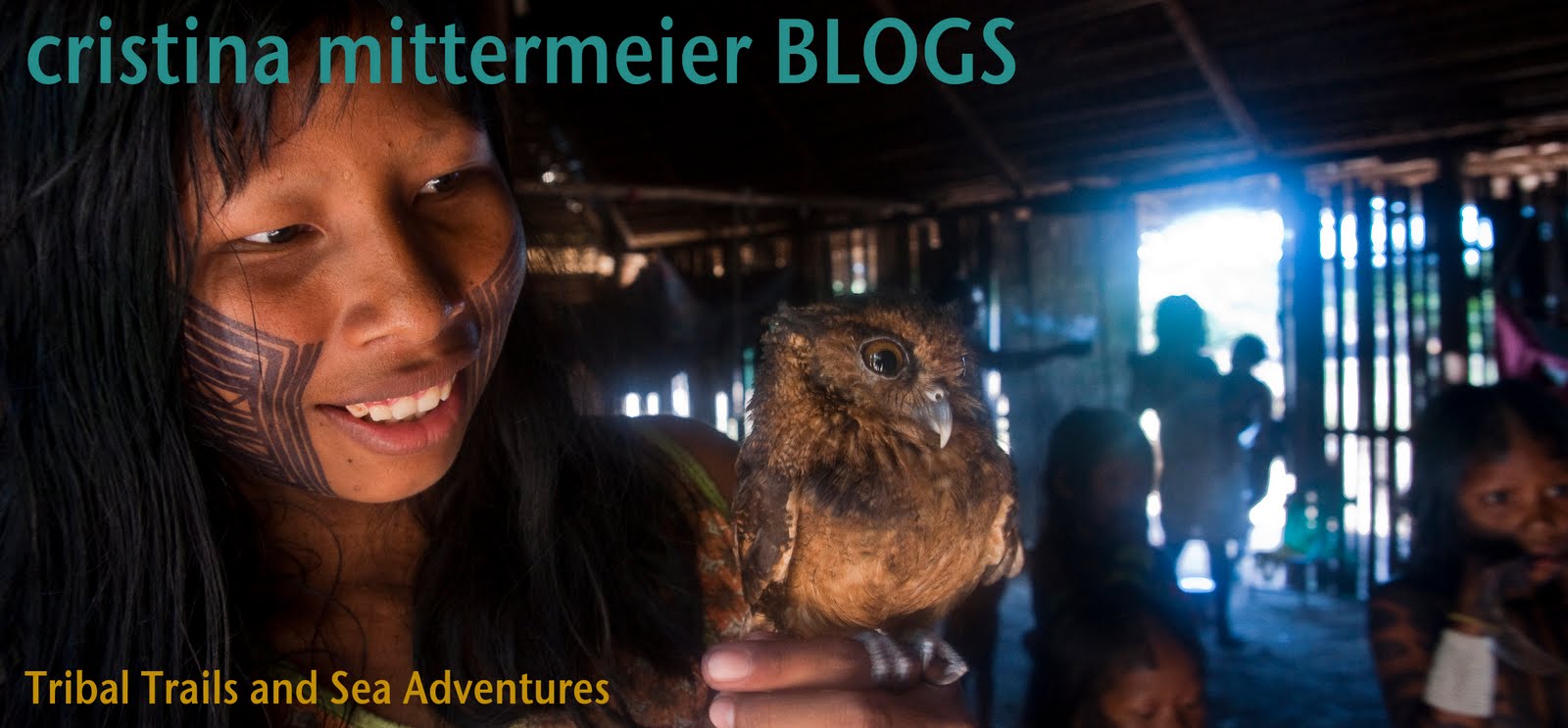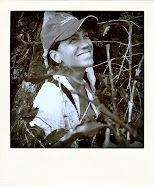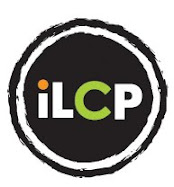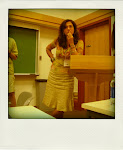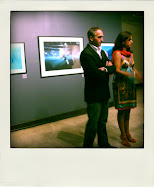 An important part of the job of the photojournalist is to find a way to gain access into a community -- to become a trusted, invisible witness that can report unadulterated opinions and facts. This is not easy, especially when you only have a couple of days to get the job done.
An important part of the job of the photojournalist is to find a way to gain access into a community -- to become a trusted, invisible witness that can report unadulterated opinions and facts. This is not easy, especially when you only have a couple of days to get the job done.During the latest RAVE (Rapid Assessment Visual Expedition), Jenny Nichols, the iLCP Director of multimedia, and I were assigned to photograph and document the variety of opinions regarding the future of the Flathead River Valley in the towns and villages surrounding it. We focus our work in the lovely town of Fernie.
The Flathead River Valley, a beautiful valley some 75 kilometers away from Fernie is a very special place. With the largest concentration of grizzly bears in interior of the continent and the largest diversity of carnivores, the Flathead, as it is locally known, is an important wildlife corridor linking British Columbia in Canada to the state of Montana in the US. A series of National Parks and other protected area designations, including the world’s first International Peace Park, Waterton-Glacier, which is also a World Heritage Site, already exist in the area, but because of its wealth of minerals, including coal and coal bed methane, the Flathead has been left unprotected, so as not to shut down the future ability to exploit those mineral resources.
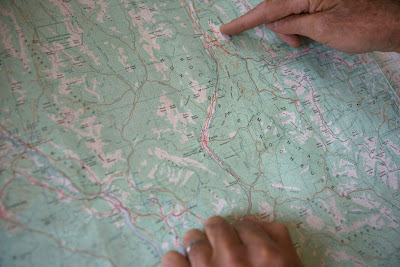 In this rural corner of British Columbia life is simple: fishing and boating in the summer, skiing and hunting in the winter. A “frontier” lifestyle that has been supported for over a hundred years by the coal mines in the region and more recently by a growing tourism industry. Today, no fewer than 5 mines operate in the region and employ a large segment of the population.
In this rural corner of British Columbia life is simple: fishing and boating in the summer, skiing and hunting in the winter. A “frontier” lifestyle that has been supported for over a hundred years by the coal mines in the region and more recently by a growing tourism industry. Today, no fewer than 5 mines operate in the region and employ a large segment of the population.At first glance, the industrial footprint of the mines has settled into the landscape and has stroke a balance with nature. Although the tailings are carefully treated and disposed of, there is no question that the water quality in the Elk River valley, where any mining runoff ends up has been diminished. On the positive side, the off-limits areas around the mines are a haven where wildlife thrives away from the hunters.
It is not the existing mines that are creating waves in the international conservation community, however, it is the threat of new mines of the worse kind being proposed for the Flathead River Valley: coal bed methane. What harm can the limited footprint of a mine have on such a large area? Ask some, including the mine geologist, a soft-spoken and smart man who opposes the idea of locking this resource forever if a National Park was established here. Others wonder if the creation of a National Park would bring troves of tourists and force the development of all the facilities tourism demands, including paved roads and infrastructure. Although this would surely be the source of many new jobs, it would also be the end of the frontier lifestyle. As Jenny and I take unto the country roads to find a story line, we marvel at the beauty of the countryside. Neatly kept agricultural fields hold the promise of elk and deer coming out to feed later in the day; we cross our fingers hoping to get a grizzly bear sighting. We head to a boat launching spot called Olson Pit, a few miles out of Fernie. We meet a large group of men, the young ones are getting into the cold water of the Elk River on inflated tubes, the two older men stand watch on the beach, sipping on cold beers and taking in the afternoon sun. Hoping to strike a conversation we approach them and are completely taken aback by their friendly welcome and their willingness to offer information.

Jim, whose teenage boys are now floating down the river, is a good-looking man in his mid-forties. He sports a baseball hat that gives away his profession. He works for the mining industry. However, when asked how he would like to see the future of the Flathead develop, he announces without hesitation that he is for a National Park. Now, that is a complete surprise and one that gives me pause and forces me to reconsider all my preconceived notions on the people of this valley. Wally, however, a smiling fellow who proudly announces he likes to spend the entire summer going around shirtless, disagrees. He fears that a National Park will prevent him from accessing his favorite hunting spots. It is fascinating to me that these two best friends, both mine workers, have such diverging opinions. As the days go by, Jenny and I are able to gather many different opinions on what should happen on the Flathead. Many people believe no new mines are needed and would like to keep the status quo; others would settle for nothing less than full protection through the establishment of a National Park. Concerns about tourism development, access to gold panning and the ability to drive motorized vehicles in the area, all evoke passionate, yet polite discussions with everyone we speak to.
 As the days go by we meet some of the most inviting, friendly people we have ever met. As widely different as people’s opinions are, there are a few ideals that strike us for their similarity. Almost unanimously people speak of their desire to maintain their traditional frontier lifestyle and access to the resources; they also speak about the wilderness values of the Flathead and a strong desire to see the place remain pristine into the future. The commonality of these desires is far more striking than the concerns and differences of opinion. To outsiders, like ourselves it sounds like the people of Fernie would like to have their cake and eat it too. I hope the government of Canada can come up with a way to make that wish come true.
As the days go by we meet some of the most inviting, friendly people we have ever met. As widely different as people’s opinions are, there are a few ideals that strike us for their similarity. Almost unanimously people speak of their desire to maintain their traditional frontier lifestyle and access to the resources; they also speak about the wilderness values of the Flathead and a strong desire to see the place remain pristine into the future. The commonality of these desires is far more striking than the concerns and differences of opinion. To outsiders, like ourselves it sounds like the people of Fernie would like to have their cake and eat it too. I hope the government of Canada can come up with a way to make that wish come true.
